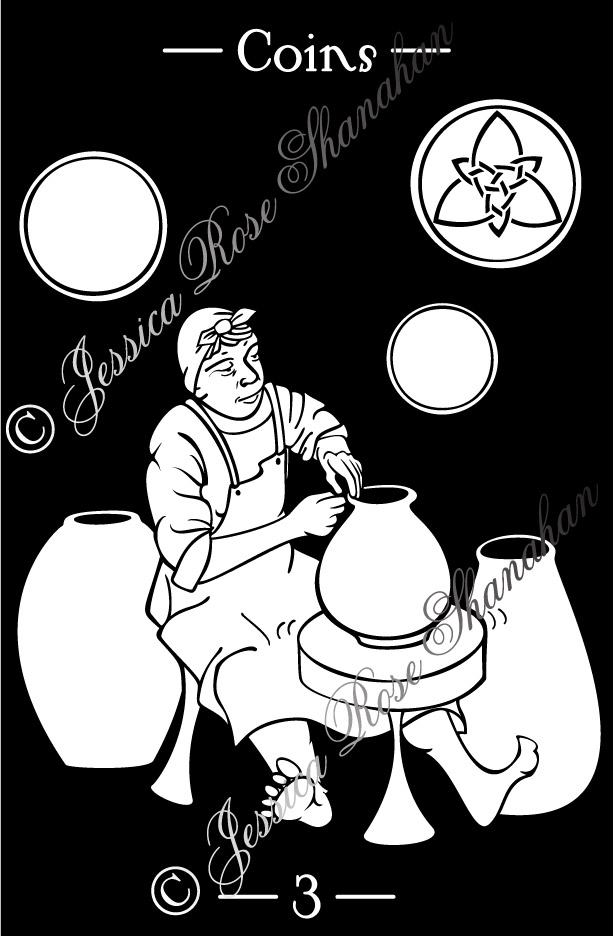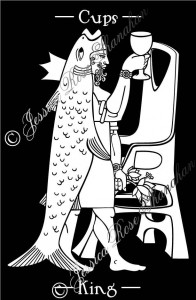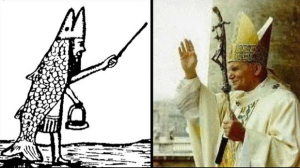craftsmanship • artisanship • skill • talent maximization

This card is often called the “teamwork” card. However, as an introvert, I prefer to call it the “talent maximization” card.
“Introvert” and “extrovert” are words that describe how one responds to stimulation, especially external stimulation. While extroverts crave large amounts of social stimulation, introverts generally feel most capable in quiet, low key environments. This is because the brains of introverts and extroverts are wired differently. The ratio of introverts to extroverts is possibly 50-50, with most people falling along a continuum somewhere close on either side of middle-ground: a bell-curve.
The key to maximizing individual talent is to put ourselves in situations where the mode of stimulation is right for us. Unfortunately for introverts, the current trend in schoolrooms and workplaces is to maximize productivity for extrovert teamwork: classrooms have little pods of desks and kids are expected to act as committee members in all subjects; most offices are open-plan, without walls. It is difficult to maximize one’s talent when one’s social setting works against it.
It is important to realize that different people have different productivity requirements. It is also important to remember that their are many people on our “team” who remain unseen, behind the scenes. Whether we work best alone or with a group of people, when we work toward the fulfillment of our dreams and improve manners that may be hindering our success, we move closer toward achieving success in our goals. Whether the skills that make our craft come out best in an isolation chamber or at a rave, we are still interdependent within society. The Three of Coins tells us to maximize our own skill and to be appreciative of the teams of people who make our work viable.







